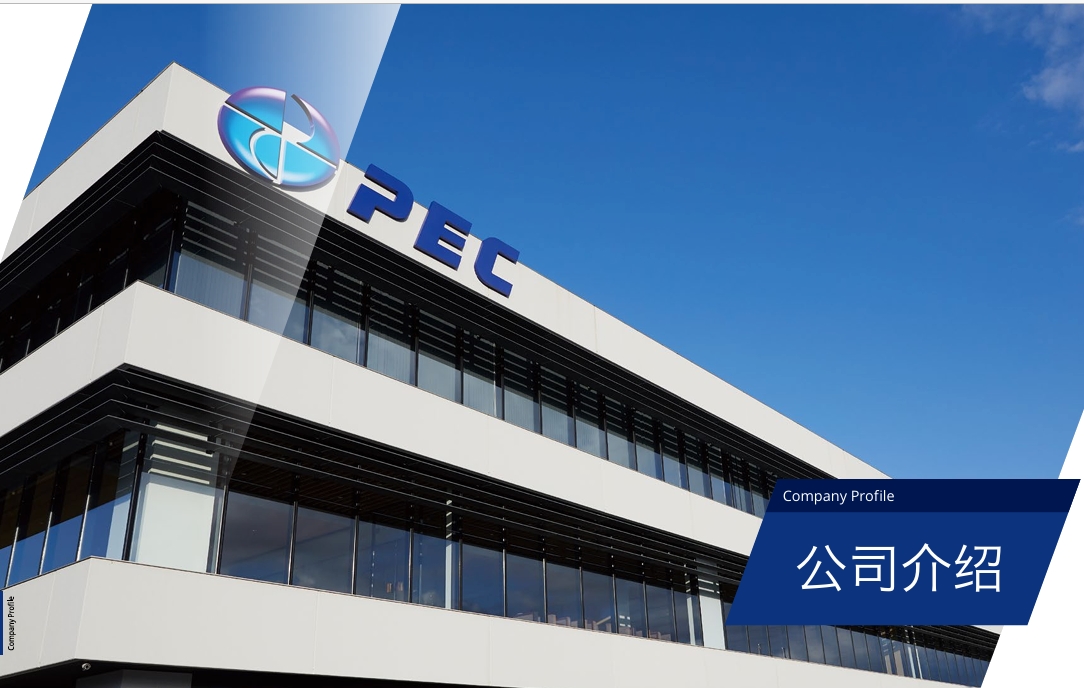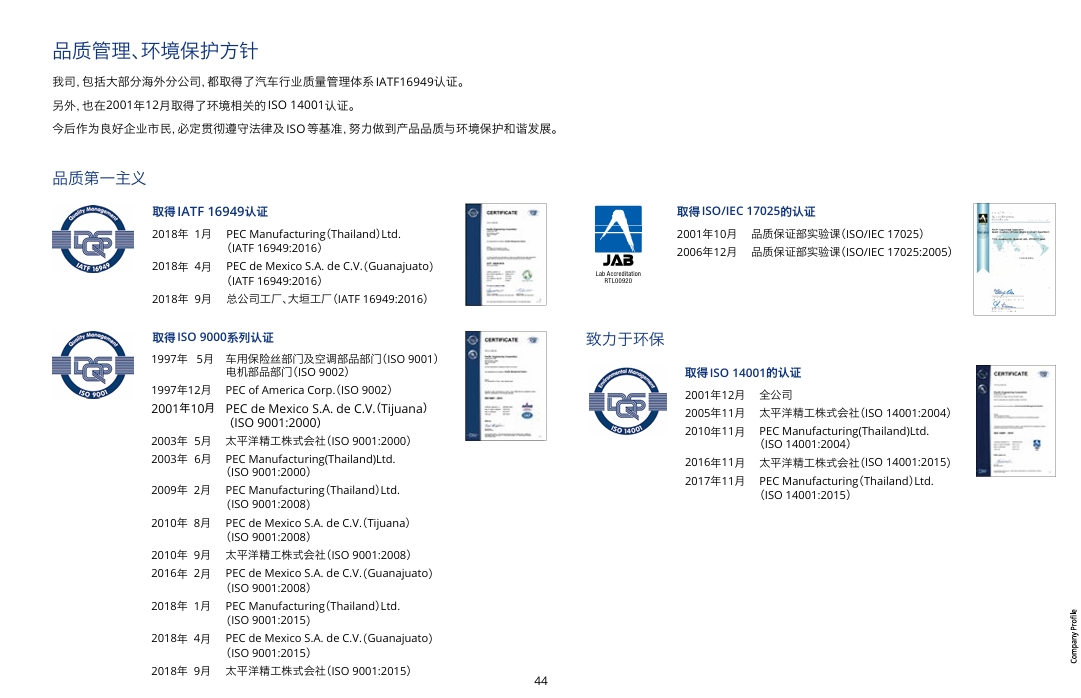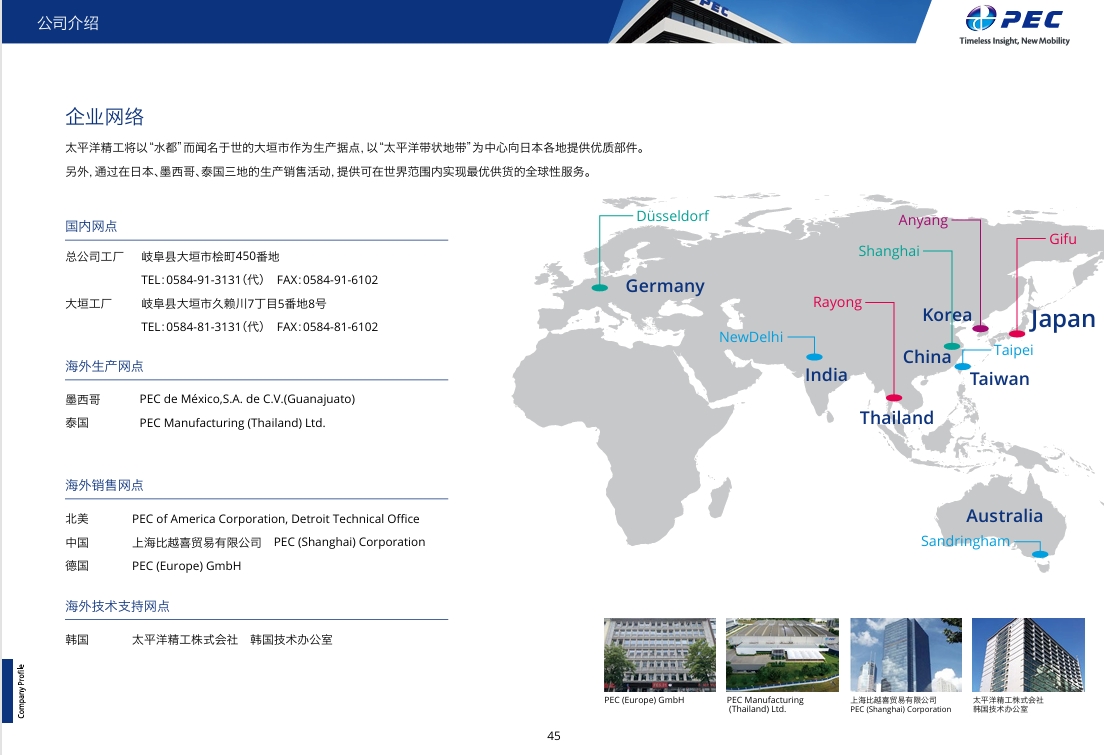About Us
PEC fuse introduce
Views : 35
Update time : 2025-10-27 09:22:20
Detailed Introduction to Japanese Pacific Automotive Fuses
1. Brand Overview
Pacific Engineering Corporation (PEC), commonly known by its brand "Pacific" or "PAC," is a world-leading manufacturer of circuit protection devices, renowned particularly in the automotive fuse sector. Founded in 1961, the company is celebrated for its exceptional quality, reliability, and innovative technology. Pacific fuses are a top choice for both original equipment manufacturer (OEM) installation and the aftermarket, and are used by numerous top-tier global automobile manufacturers.
2. Product Features
1. High Precision and Reliability: Utilizing high-quality materials and precision manufacturing processes, Pacific fuses ensure accurate current ratings. They blow quickly and precisely during overloads or short circuits, effectively protecting the vehicle's expensive electronic equipment.
2. Excellent Durability: The products undergo rigorous testing to withstand vibrations, temperature fluctuations, and humidity changes in the automotive environment, guaranteeing long-term stable performance.
3. Comprehensive Product Line: Pacific offers a wide variety of automotive fuse types to meet the protection needs of different circuits, primarily including:
· Blade Fuses: The most common type today.
· Mini Blade Fuses: The smallest size, widely used in modern vehicles.
· ATO/ATC Blade Fuses: The standard size, commonly found in older models.
· Low-Profile Mini Blade Fuses: Thinner than mini blades, used in space-constrained areas.
· Cartridge Fuses (Fusible Links): Used for high-current circuits like fans, motors, and ABS systems.
· Glass Tube Fuses: Found in some older vehicles or specific high-current applications.
4. Compliance with International Standards: The production of Pacific fuses strictly adheres to international quality and safety standards such as JIS, ISO, and UL.
5. Clear Markings: Fuses are clearly marked with their rated current, voltage, and brand logo, making identification and replacement easy.
3. Main Models and Specifications
· Color and Amperage Correlation (Standard Blade Fuses):
· Light Brown: 5A
· Brown: 7.5A
· Red: 10A
· Blue: 15A
· Yellow: 20A
· Clear White: 25A
· Green: 30A
· Voltage Rating: Typically 32V DC, which fully meets the requirements of 12V/24V automotive electrical systems.
4. Application Areas
Pacific automotive fuses are used to protect almost all non-mechanical circuits in a vehicle, including:
· Audio and Infotainment Systems
· Lighting Systems (Headlights, Taillights, Interior Lights)
· Power Windows, Sunroofs, and Central Locking Systems
· ECU (Engine Control Unit) and Sensors
· Airbag (SRS) System
· ABS and ESP Systems
· Cigarette Lighter and USB Charger Ports
5. How to Select and Replace
1. Confirm Amperage: When replacing a fuse, you must use the exact same rated current as the original. Never use a fuse with a higher amperage rating, as this can lead to wire overheating and fire.
2. Identify the Type: Ensure the new fuse has the same physical size and type (e.g., Mini, ATO) as the old one.
3. Diagnose the Cause: If a fuse blows repeatedly, it indicates an underlying fault in the circuit (such as a short circuit). The vehicle should be professionally diagnosed instead of just replacing the fuse.
Conclusion
Japanese Pacific fuses are a benchmark for automotive circuit protection. Their outstanding quality and reliability provide safety assurance for hundreds of millions of vehicles worldwide. For both automobile manufacturers and individual car owners, choosing Pacific fuses is a responsible decision for the protection of the vehicle's electrical system.



相关新闻





